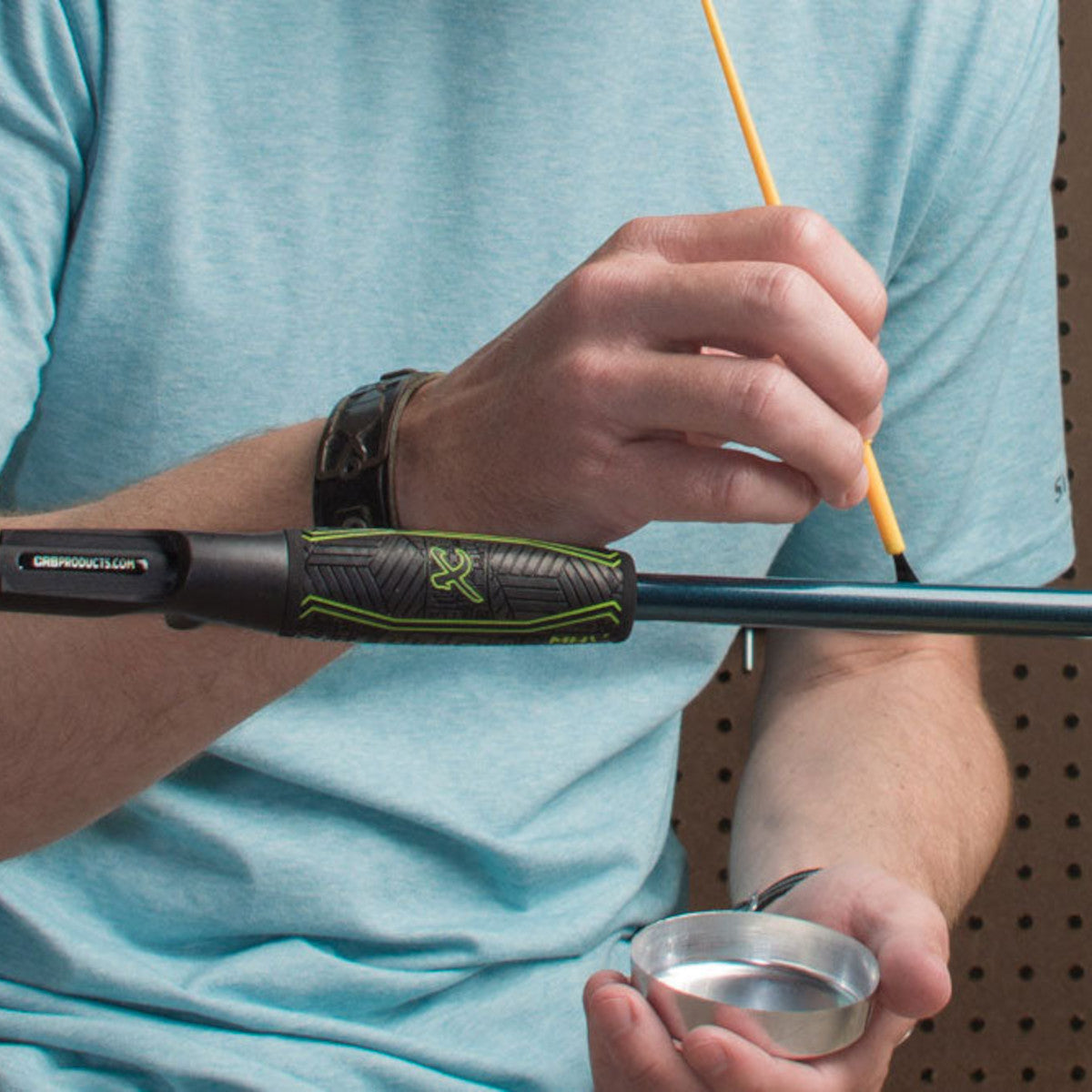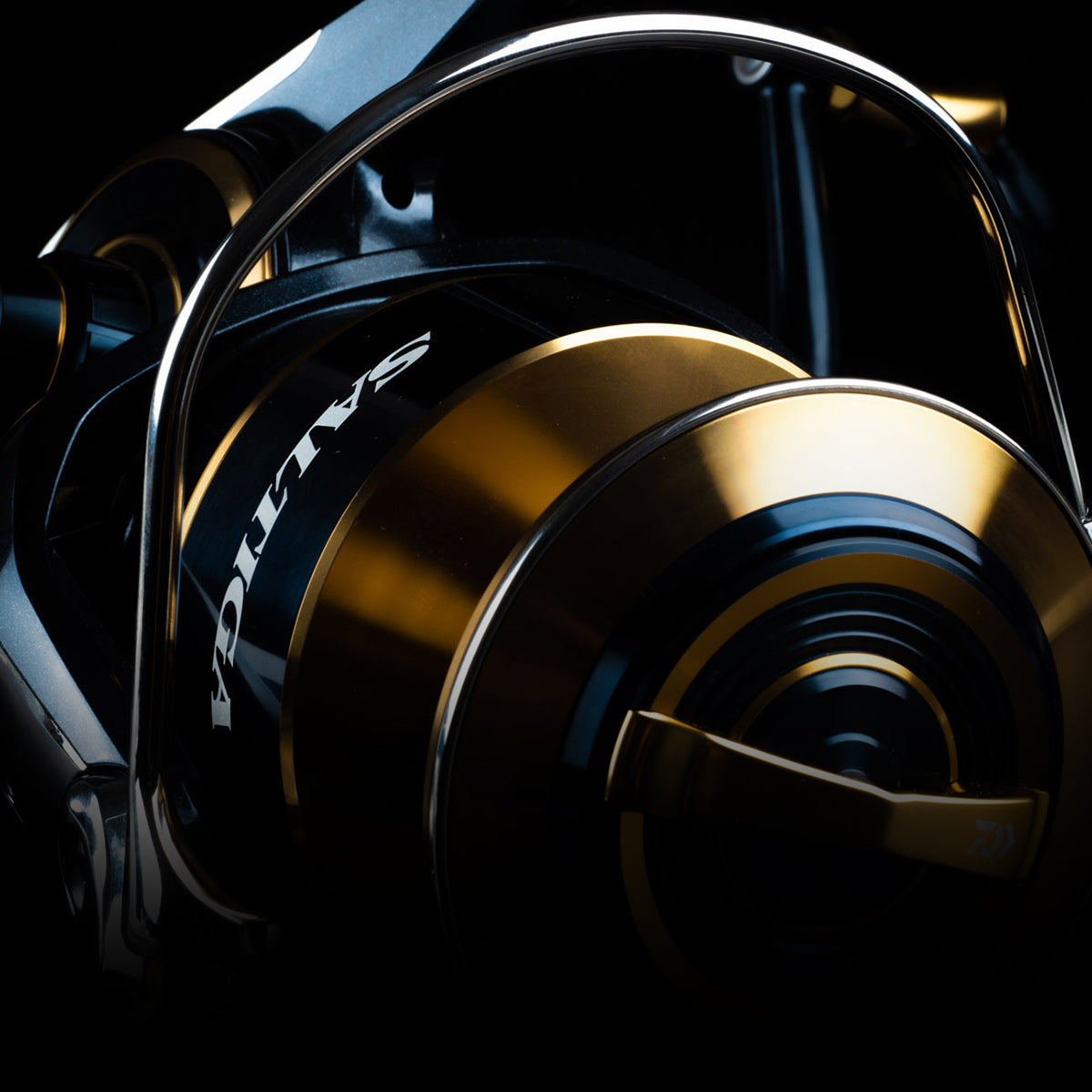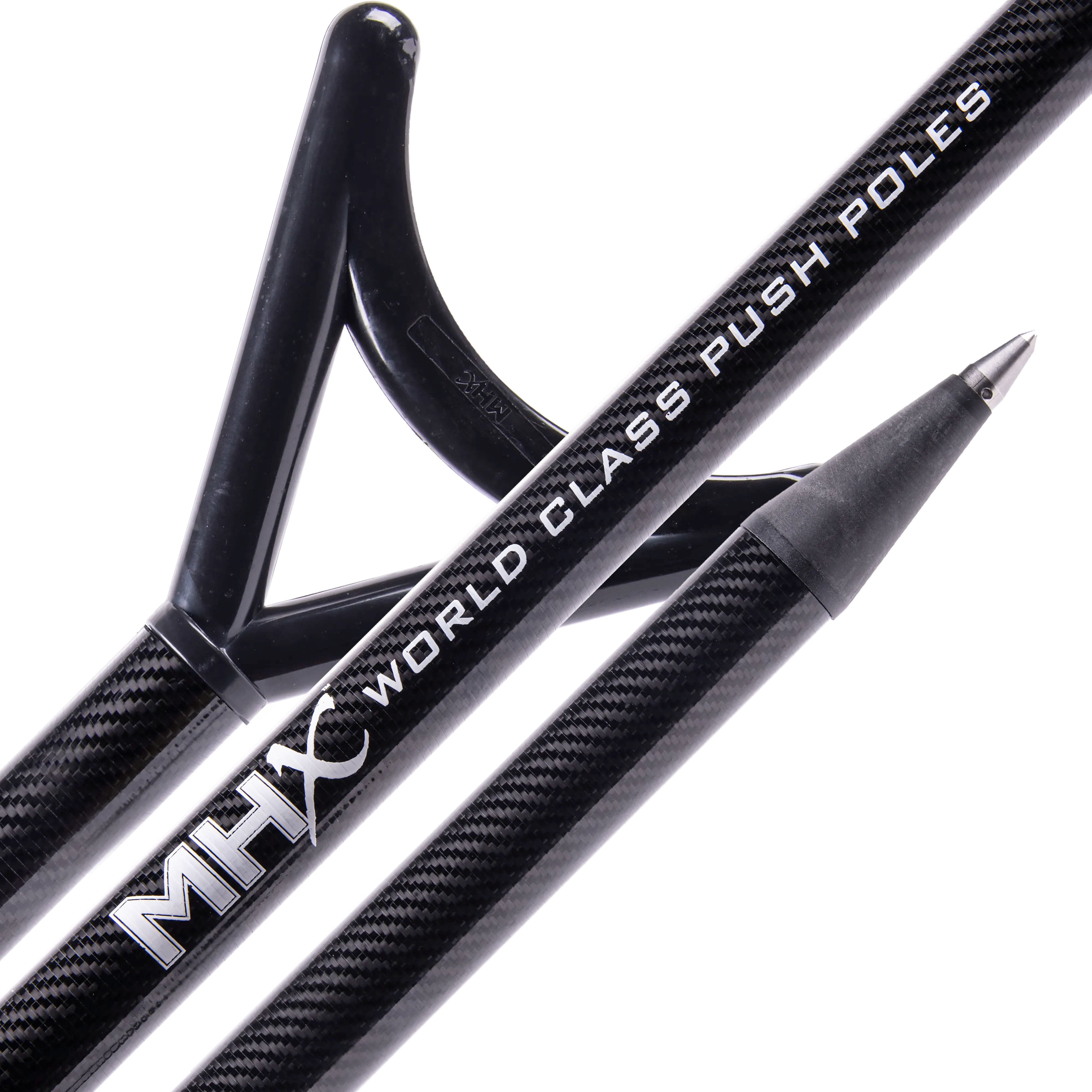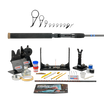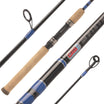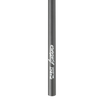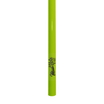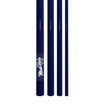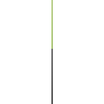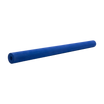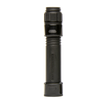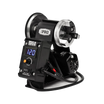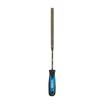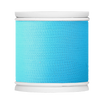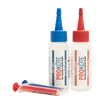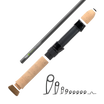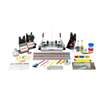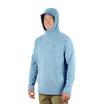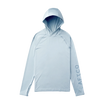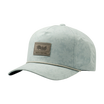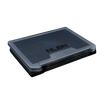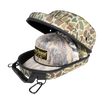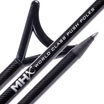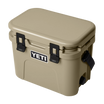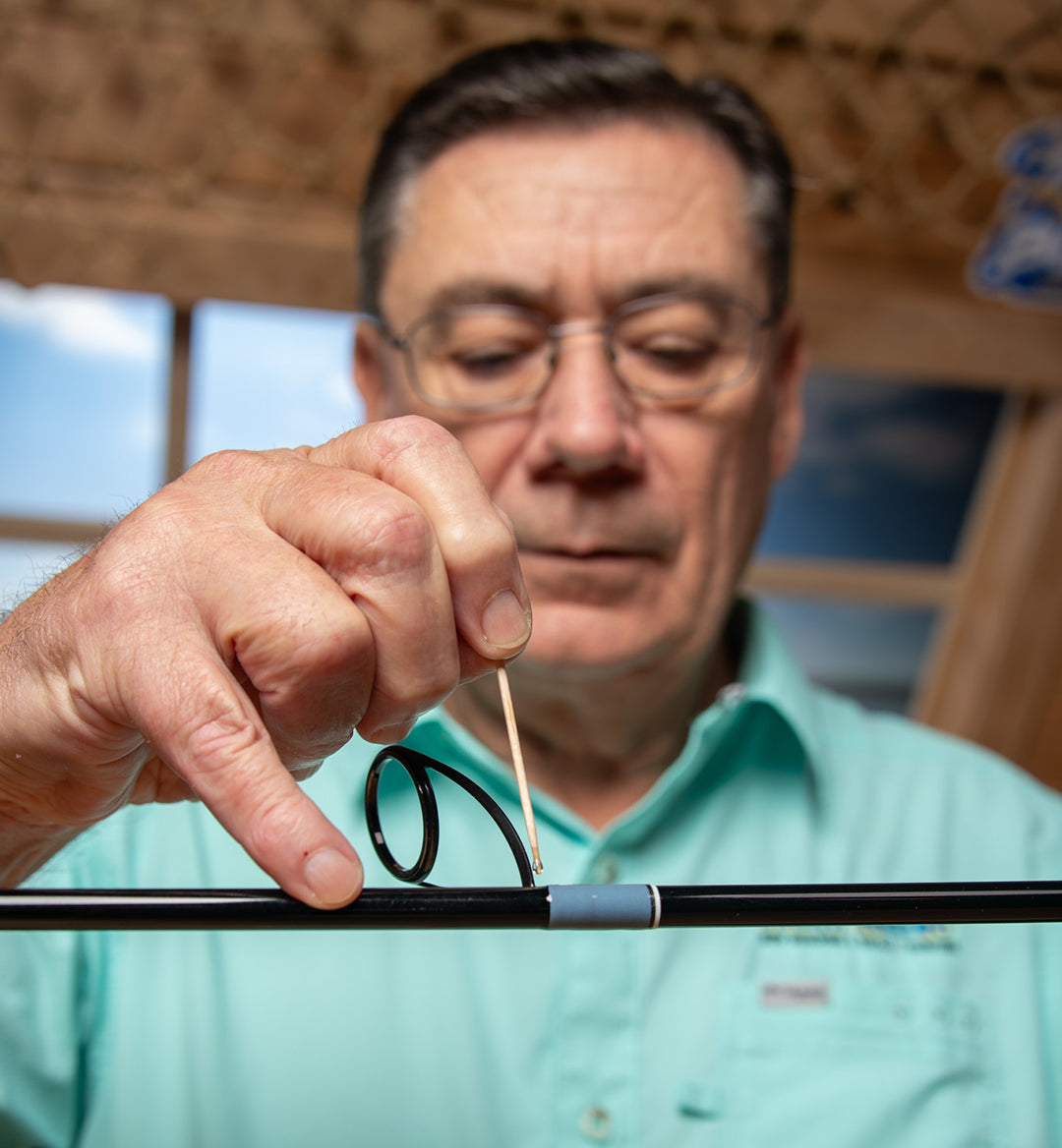Decorative components to your custom rod build can really make it, well, custom. Outside of the builder or client choosing all the pieces and parts and having them placed along the blank exactly where you want them, it can be the smallest detail that makes it pop!
I am a big fan of trim bands and especially single band inlay trim bands. When I say inlay, I mean the trim band is in the thread wrap rather than on the outside edge. Typically, you see multiple strand trim bands on the edges of guides wraps or other decorative wraps. The inlay is sharp, eye catching and a really great addition to your thread wraps.

This will be a quick step-by-step on how to use Indian ink to create a single or multiple strand inlay on your next thread wrap.
What You Will Need
- Indian Ink Pen or Marker
- Hand Wrapper (Core or Advanced) or RBS PRO Power Wrapper with tension rod
- Choice of Nylon Thread
I am going to assume most rod builders have the supply list above except for the marker. I do not recommend anything else as your outcome may vary…buy an Indian ink marker. You can find them at hobby or art store and even online. The one we use is a Faber-Castell Pitt Artist Pen Brush. They come in several sizes and colors, but I use black mostly and in size B. Be aware if you are choosing any other colors, you will want to use it on white thread, or the color will be significantly different.

In addition to using the color black you need to understand this is most useful on nylon thread. Not because the ink will show up better but if you are using a light color nylon thread and thread for your inlay, you will see the tag ends through the nylon once you apply finish. I will show an image of this late down the blog, but this will not be an issue if you are using a colorfast thread for the wrap. The Indian ink will work on both nylon and colorfast thread.
Lay Down Some Thread
Start the wrap just as you would any other. The good news, you do not have to do too much planning on where the trim band will be as you do not have to add in any additional thread. As you wrap, most bands look great right in the middle of the wrap. Whether it is a guide wrap or ferrule wrap, a single band right in the middle looks sharp.

Once you have wrapped to the point of adding in your trim band, you will need to know the circumference of the blank. Digital calipers are great for this. Without having too much flashback trauma to Geometry Class, take the outside dimeter of the rod blank and multiply that number times 3.14. Remember Pi*D? Use that circumference number and widen your calipers to that measurement. Then, lay the calipers over the standing line of thread and mark your thread with the Indian Ink pen.

I like to air on the conservative side of the length as the thread can absorb the ink and it will run a little. The good news, it dries very quickly. So, make you mark give it a few moments to dry and then wrap the thread to see how close you have come to making a complete wrap.

Just a little short. No problem, just add a little more ink.

I admit, I am pretty picky when it comes to these single bands and as I mentioned I hold it back a little short on purpose because I can always add a tiny bit more but cannot take the ink away. I want it to make the perfect start and stop with zero overlap. It takes a little practice but isn’t really that bad.

Also, the digital calipers are a great tool to assist you but if you do not have a set, you can absolutely complete this estimating and then add a little more if you land a little short. Just do a little at a time. Be sure to allow the ink to dry or you will mark the thread alongside on accident. Don't stress, it dries very quickly.
The good news if you overlap too much, you can just make your trim bands inlay two wraps wide instead of just one.
That is really all it takes to use Indian ink to make a single trim inlay. Easy and very striking. They have a bunch of colors but in my experience, you need to use white thread to get the best look.

Now, you know I do like to show “what not to do” and this is a slight variation. This is what using thread for your single inlay looks like when wrapping with nylon and after finish is applied. Granted, it is not wrong, but I think the Indian ink looks much cleaner as there will be no tag end from the thread inlay.

If you want to see this in more detail along with more color options and additional decorative ideas, check out a recent Mud Hole Live episode: Decorative Guide Wraps.
Don't forget, this single trim inlay looks great over hook keepers too!


